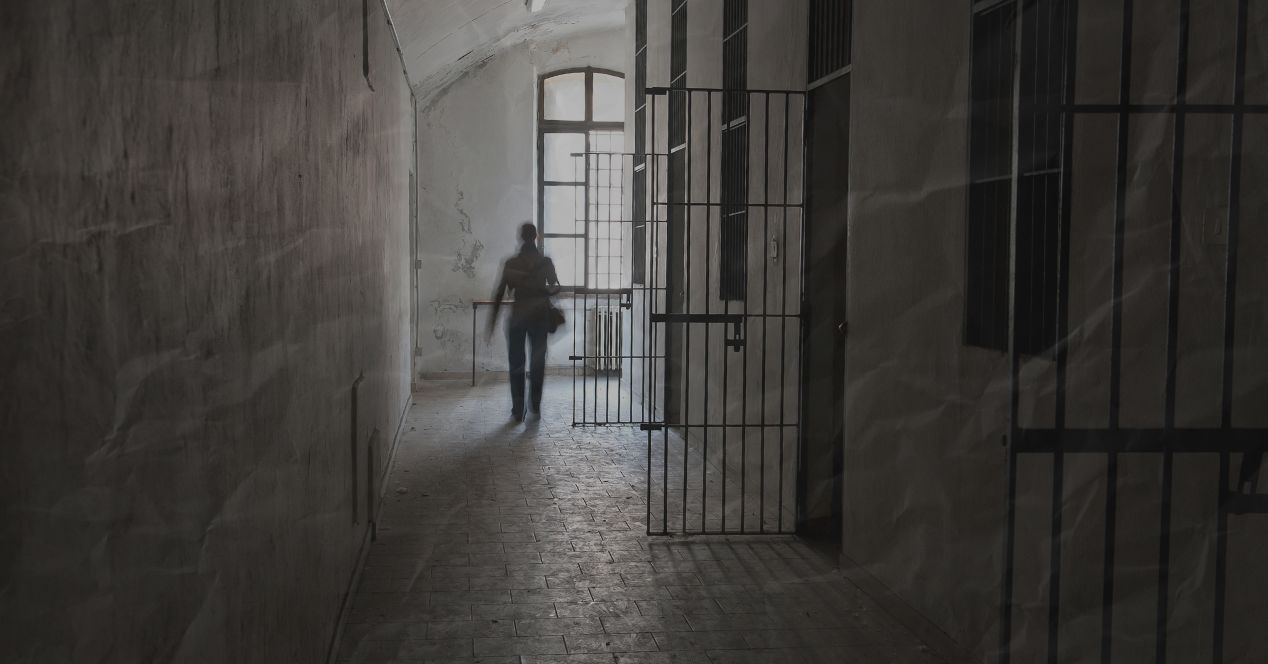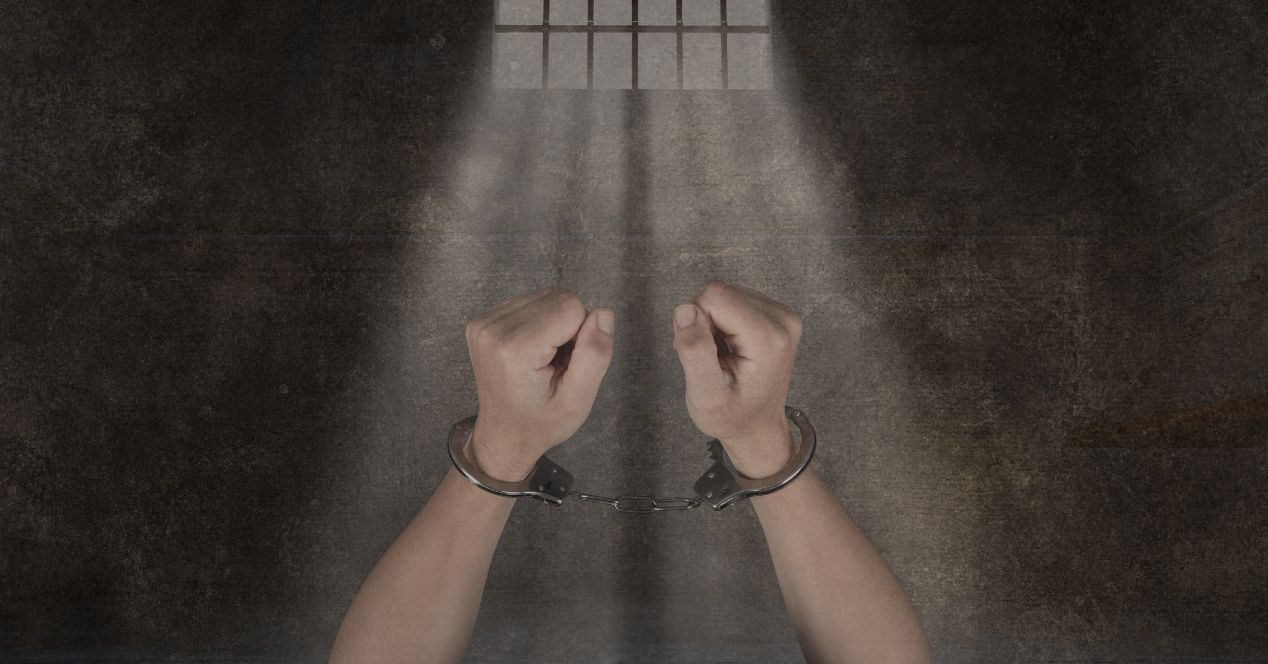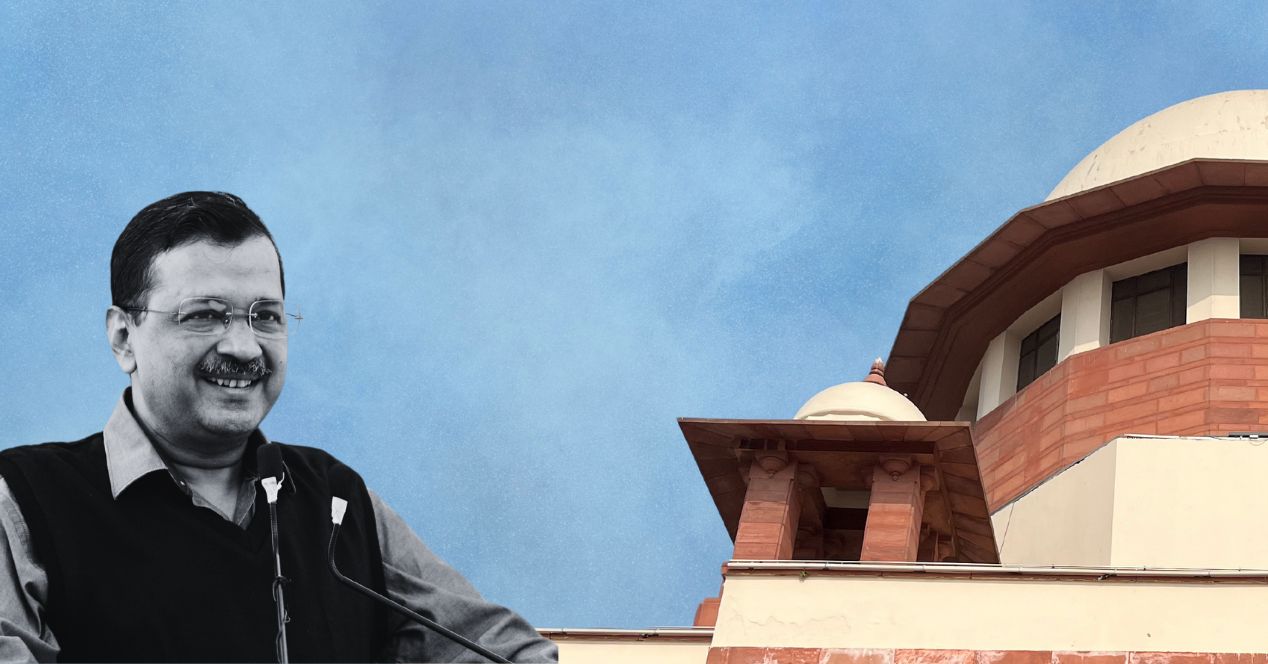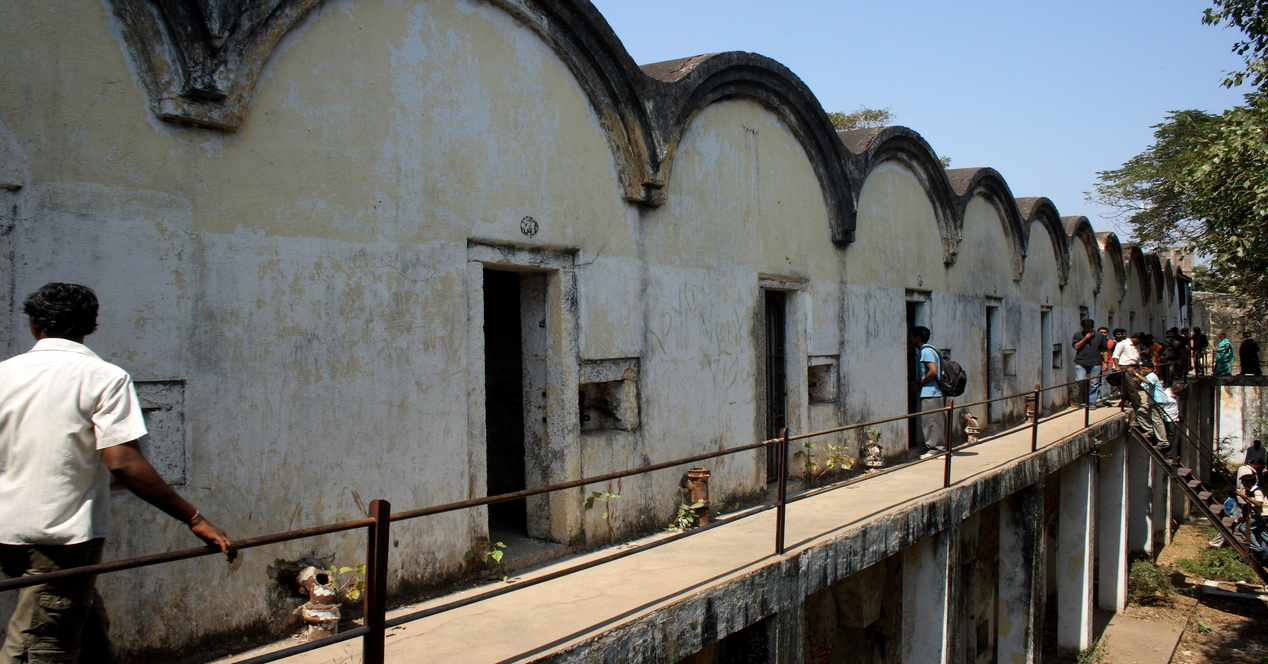Analysis
Supreme Court directs state governments to address concerns surrounding the premature release of prisoners
In the hearing on bail policy reform, the Court also asked states to update information on the e-Prison module

On 5 August 2024, a Division Bench of Justices Abhay S. Oka and A.G. Masih heard a case pertaining to release of undertrials and convicts to avoid prison overcrowding. The Court had taken suo motu cognizance of the issue in October 2021 and has been monitoring the case periodically since then.
The Court discussed issues pertaining to permanent remission and premature release of life convicts, and the ‘e-Prison’ module. The ‘e-Prison’ module is a digital software designed to streamline the release of undertrials and convicts. It is meant to assist two types of prisoners: (1) undertrials who have received favourable bail orders, and (2) convicts who have served at least 14 years in prison.
In February 2022, the Court had ruled that convicts who have served 14 years in prison can be granted bail if their criminal appeals are pending before High Courts. When an undertrial prisoner receives a favourable bail order, or a convict becomes eligible for bail, the module alerts the District Legal Services Authority (DLSA). On being alerted, the DLSA sends an advocate to assist the prisoner.
The amici, Advocates Liz Mathew and Devansh A. Mohta, updated the bench about the module and other issues in the bail process.
The origins of the case
The case originates from Sonadhar, a prisoner in Chhattisgarh, who remained in prison for three years after he became eligible for remission. On 6 October 2021, while hearing Sonadhar’s case, the Supreme Court directed that prisoners who had served 10 years in prison, with no mitigating circumstances in sight, and with no upcoming appeal hearings, must be released. It also directed that the cases of prisoners who had served 14 years in prison must be presented to the government for early release. On 29 October 2021, Sonadhar’s case was tagged with seven other matters on prison overcrowding. The Court of its own volition, started monitoring the issue under a case titled In Re. Policy Strategy for Grant of Bail. Lawyers and experts working closely with undertrial prisoners have pointed out critical issues on execution of bail orders in India, and the deficiencies in the Court’s ongoing initiatives in the case.
Mathew: State governments should give feedback on a note on premature release by 10 September
In an Order passed on 7 July 2021, the Court had approved a detailed procedure to be followed by jail superintendents, DLSAs, and state governments to effectuate premature release of eligible convicts in a smooth and swift manner. The process entails the following steps:
- First, the Jail Superintendent must keep track of convicts who may become eligible for remission, and communicate to the DLSA who may assign lawyers to assist the prisoners in filing the remission applications.
- The Jail Superintendent must also collect the required documents from the prisoners within three months of the convicts becoming eligible for remission, and forward these documents to the ‘concerned authorities’. The concerned authorities’ differ from state to state. They may be members of an Advisory Board of the Central Jail in some states or the State Level Committee in others.
- Within three months of receiving the documents, the concerned authority must make its recommendation to the State government on whether remission is to be granted or not.
- The final decision of the State government must be published on the website of the concerned authorities. In case the application for premature release is rejected, the DLSA must assist the prisoner in challenging the rejection order.
First, Mathew explained that there is no clear data on whether these directions were complied with. She then presented the bench with a note which tracks the stage at which applications of prisoners are stuck at. Her note collates this data for Uttar Pradesh, Karnataka, Himachal Pradesh, Kerala, Odisha, Tamil Nadu and West Bengal.
Mathew explained, the main objective of the case currently, as far as premature release is concerned, is to help the states formulate a coherent system and policy to enable premature releases.
Mathew suggested that the concerned state governments provide feedback on the note in a month and proposed to prepare a similar note for all states. This way, hearings can be conducted in batches with four state governments appearing in each hearing.
Justice Oka remarked that in the next hearing, the discussion will primarily revolve around Mathew’s note, the feedback of state governments, and possible solutions.
Mohta: States need to sync and update data on the e-Prison module
Mohta, the amicus appointed specifically for the e-Prison project, briefly summarised the different phases of the project to the bench.
He informed them that the project was conceptualised by the Supreme Court between February and September 2022. The first step was identification of eligible convicts who had served the specified durations of imprisonment with their appeals pending by the DLSAs, State Legal Service Authorities and High Court legal services authorities. This was followed by the preparation of a Draft Information Sharing Protocol.
In April 2023, the Court had directed the National Legal Services Authority to adopt the protocol to ensure timely updating of case records and prison records on the e-Prison portal. The protocol was finalised after considering feedback from the National Informatics Centre, which handles the technical side of the e-Prison portal. The project, Mohta informed the bench, was now in the final implementation phase.
He however pointed out that for the e-Prison module to work, it is essential that certain identification numbers of the eligible prisoners such as jail IDs, the Case Number Record (‘CNR’) (a uniform ID number given to each court case), the Pre-Trial Number (‘PTN’) and the First Information Report number, are updated in a timely manner on the module.
Mohta informed the bench that different state governments had made different progress on syncing of this data. He requested the Court to pass an order directing all state governments to update the data till 31 July 2024.
Mohta stated that from a preliminary examination of data available so far, there was difficulty in syncing the CNR with jail IDs. The reason was that when a chargesheet is filed, the PTN converts into a CNR. Since the chargesheet is filed in Court, both Courts and the police have access to the CNR but prison authorities do not. To resolve this, Mohta suggested that the Court pass a direction that the PTN be published on the custody warrant.
However, Justice Oka and Mohta agreed that this direction would be relevant only after all the states submit the data that they have collected until 31 July and directed the states to do so in three weeks.
The case will be heard next on 10 September 2024.
Resources




